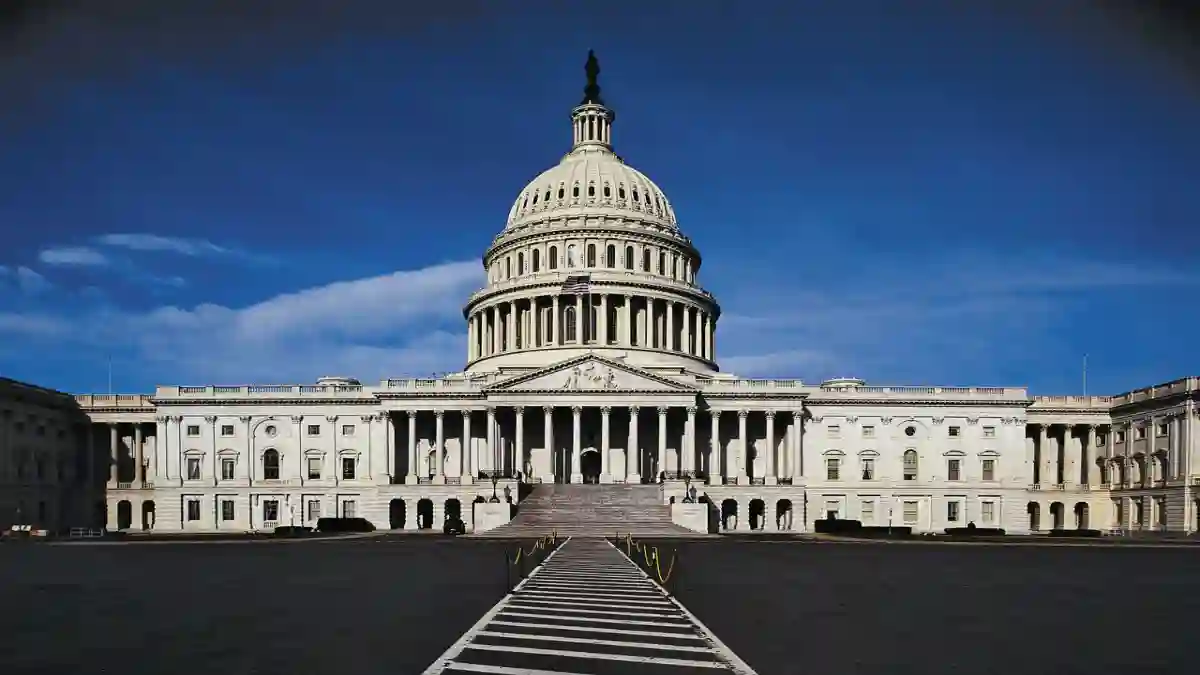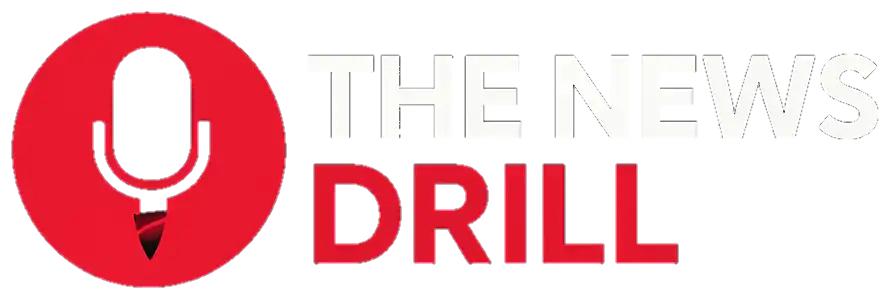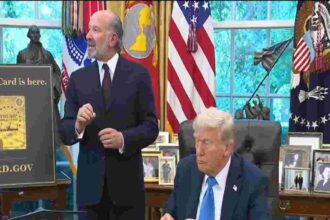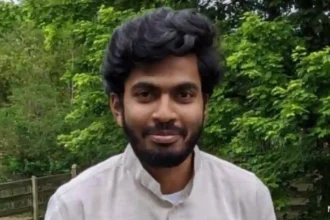
The US government shutdown officially began at midnight on Wednesday after Democrats and Republicans in Congress failed to reach a deal on funding legislation. This marks the first shutdown since 2018 and adds new uncertainty for federal workers, businesses, and citizens relying on government services.
Why the US Government Shutdown Happened
The immediate cause of the US government shutdown was the inability of the Senate to pass a stopgap funding bill. The House of Representatives had approved a Republican-backed continuing resolution (CR) on September 19, which would have temporarily extended government funding until November 21. However, Senate Democrats rejected the measure, arguing that it excluded critical provisions such as expanded healthcare coverage and protections for Medicaid.
Republicans, on the other hand, insisted that healthcare issues should be debated separately in bipartisan negotiations and accused Democrats of holding the government hostage over spending demands. Senate Majority Leader John Thune emphasized that the GOP would not agree to what he called “$1 trillion in new spending” tied to the resolution.
Trump’s Role in the Shutdown
President Donald Trump has played a central role in shaping the US government shutdown. Speaking to reporters at the White House, Trump suggested he could use the funding lapse to significantly reduce the federal workforce.
“We can do things during the shutdown that are irreversible, like cutting vast numbers of people out, cutting programs they like,” Trump said, suggesting that Democrats would bear the political cost.
These comments marked a departure from previous shutdowns, where furloughed federal employees were typically guaranteed back pay after the government reopened. Trump has threatened that this time, some workers may be permanently laid off.
Richard Painter, former ethics lawyer in the George W. Bush administration, criticized Trump’s threats, calling them an example of “strong-arm tactics.” He noted that while the president has discretion in managing federal agencies during a shutdown, many civil service jobs are protected by law and cannot be arbitrarily eliminated.
Impact of the US Government Shutdown
The US government shutdown has immediate consequences for both federal employees and the general public. Essential workers, such as military personnel, law enforcement officers, and air traffic controllers, will remain on duty but will not receive pay until funding is restored. Non-essential workers will be furloughed without pay, and in some cases, may face the risk of permanent job loss if Trump follows through on his threats.
Several government services are expected to come to a halt, including the processing of small business loans and the release of key economic data. However, programs such as Social Security and food assistance will continue unaffected.
The Office of Management and Budget (OMB) issued a directive instructing agencies to execute “orderly shutdown” plans. OMB Director Russ Vought stated in a memo that agencies must be prepared for mass layoffs if the funding lapse continues.
Political standoff between Democrats & Republicans
The US government shutdown reflects deep partisan divisions. Democrats argue that Republicans are neglecting the needs of ordinary Americans by refusing to address healthcare and social spending priorities. Senate Minority Leader Chuck Schumer accused Republicans of “plunging the country into a shutdown rather than fixing their healthcare crisis.”
House Democratic Leader Hakeem Jeffries echoed this view, saying the GOP had chosen to “hurt everyday Americans” by rejecting bipartisan compromise.
Republicans, meanwhile, maintain that Democrats are engaging in political theater. Thune and other GOP leaders argue that keeping the government open through a “clean” funding bill should be the priority, with policy debates to follow later.
Historical context of shutdowns
Including this current lapse, the US government shutdown has occurred 15 times since 1980. The longest shutdown in US history lasted 34 days, from late 2018 to early 2019, also under Trump’s presidency.
This latest shutdown is particularly significant because Trump has signaled that he may not follow the usual practice of reinstating all furloughed workers. His threats to shrink the federal workforce raise concerns that the consequences of this shutdown may be more disruptive than in past episodes.
Outlook
It remains uncertain how long the US government shutdown will last. Senate Republicans are expected to bring their stopgap bill back for another vote later this week, but without significant Democratic support, the measure is unlikely to advance. Until a bipartisan agreement is reached, hundreds of thousands of federal workers and millions of Americans depending on government services will face growing uncertainty.
The shutdown underscores the continued political gridlock in Washington and raises important questions about the long-term stability of federal funding processes. With both parties unwilling to compromise, the end of the US government shutdown may not come quickly.
Stay Connected with The News Drill for more updates.
Got insights or experiences about the US government shutdown?
Submit a tip or story: editor@thenewsdrill.com
Contact us: contact@thenewsdrill.com






